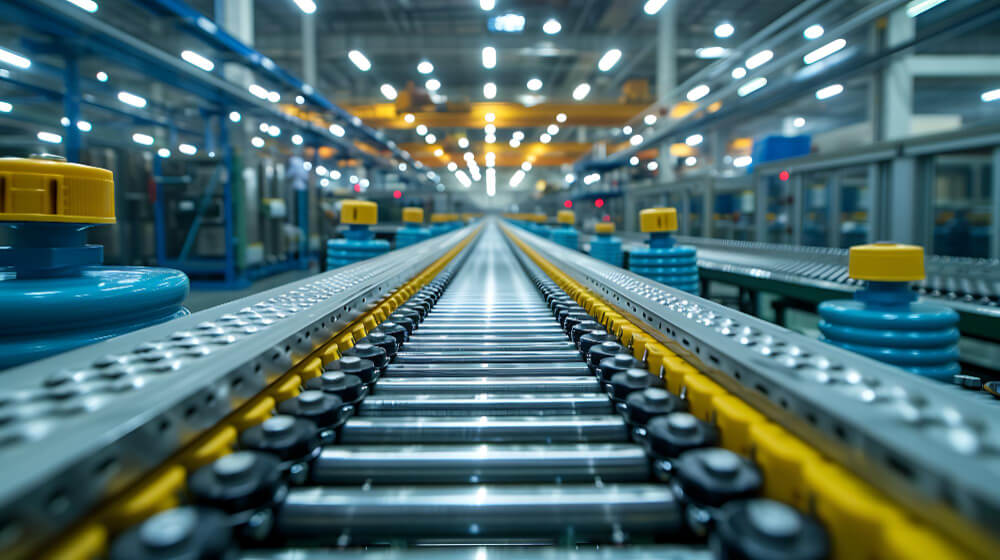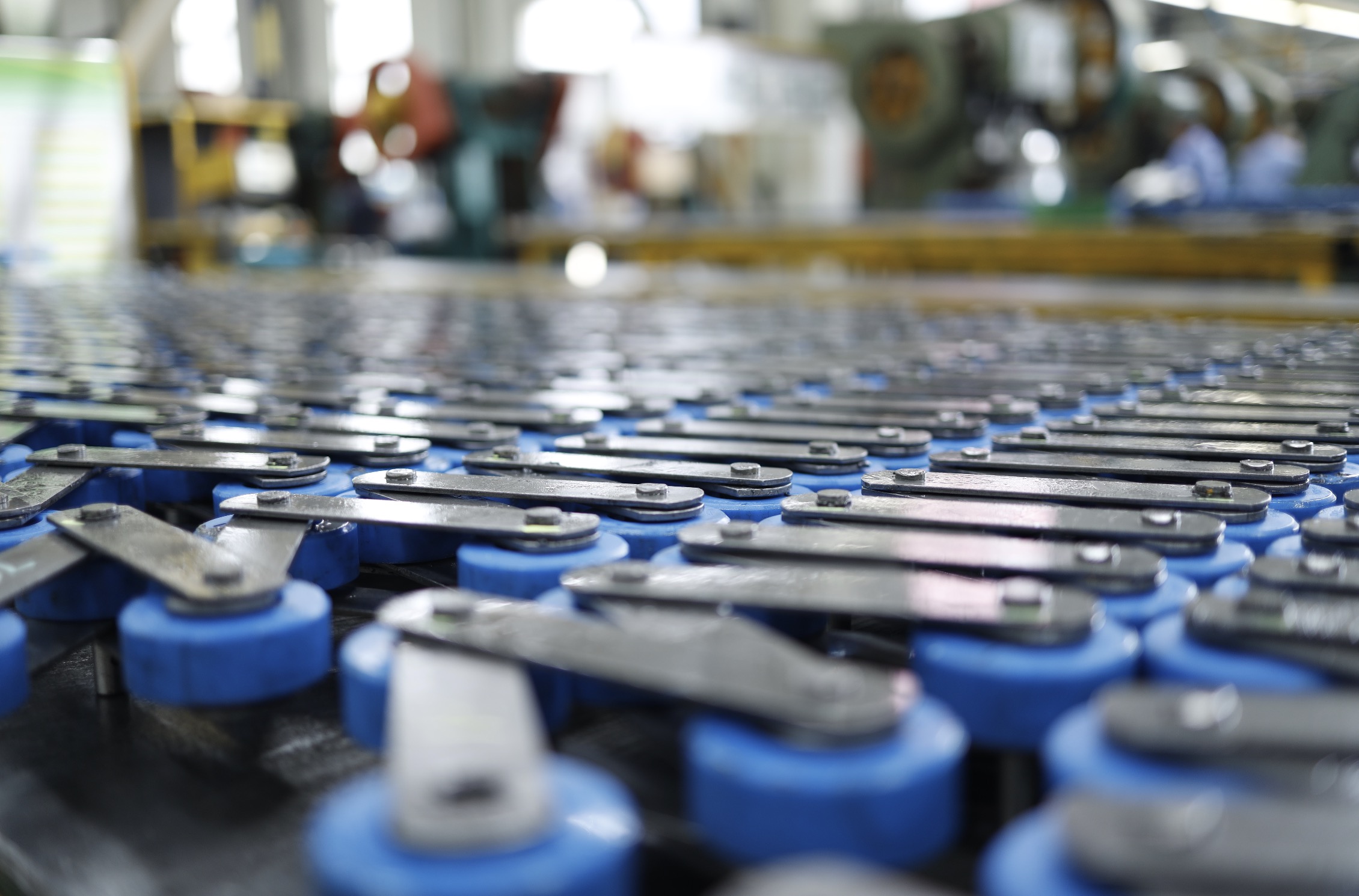Roller chains are important in various industries—they provide efficient power transmission for a variety of applications in commercial and industrial settings.
But how do you properly install a roller chain? To install a roller chain have the right chain, measure, cut, attach the connecting link, align the sprockets, and adjust the chain tension.
Following these basic guidelines will help ensure they last and perform optimally.
Proper Roller Chain Installation
A meticulous installation lays the foundation for a trouble-free roller chain experience. Here’s a breakdown of the steps:
- Select the Correct Chain
Choose the appropriate roller chain based on the application requirements. Consider load capacity, speed, and environmental conditions. Make sure to refer to manufacturer specifications or consult with experts for guidance.
- Measure and Cut the Chain
Measure the required length of the chain and use a suitable cutting tool to remove any excess links. Avoid using improper cutting methods that may damage the chain’s integrity.
- Attach the Connecting Link
Install the connecting link, also known as a master link or spring clip, to join the ends of the roller chain. Ensure the link is securely fastened according to the manufacturer’s instructions.
- Align Sprockets
Proper alignment of the sprockets is crucial for smooth chain operation and extended lifespan. Align the sprockets parallel to each other, ensuring the correct tooth engagement.
- Adjust the Chain Tension Adjust the chain tension to the recommended specifications. A properly tensioned chain should have a slight amount of slack, allowing for smooth operation without excessive sag or tightness.
Roller Chain Maintenance
- Regular Lubrication
Apply a suitable lubricant to the roller chain at regular intervals to minimize friction, wear, and corrosion. Use lubricants recommended by the manufacturer and ensure proper coverage of all chain components.
- Inspection
Regularly inspect the roller chain for signs of wear, damage, or misalignment. Look for elongation, loose pins, damaged rollers, or distorted plates. Replace any worn or damaged components promptly.
- Cleaning
Periodically clean the roller chain to remove dirt, debris, and excess lubricant. Use a soft brush or cloth to gently scrub the chain, and ensure it is completely dry before reapplying lubrication.
- Tension Adjustment
Check the chain tension regularly and adjust as needed. Avoid over-tightening, as it can lead to premature wear, increased power consumption, and potential equipment damage.
- Sprocket Inspection
Inspect the sprockets for signs of wear, such as teeth rounding or excessive wear on the sprocket flanks. Replace worn or damaged sprockets to maintain proper chain engagement and prevent premature chain failure.
Proper roller chain installation and maintenance are vital for maximizing performance, reliability, and safety in industrial applications. By following these installation and maintenance practices, you can ensure your roller chain delivers peak performance for an extended period.
Don’t hesitate to contact us! We can help keep your machines running smoothly and efficiently with the power of properly installed and maintained roller chains.


